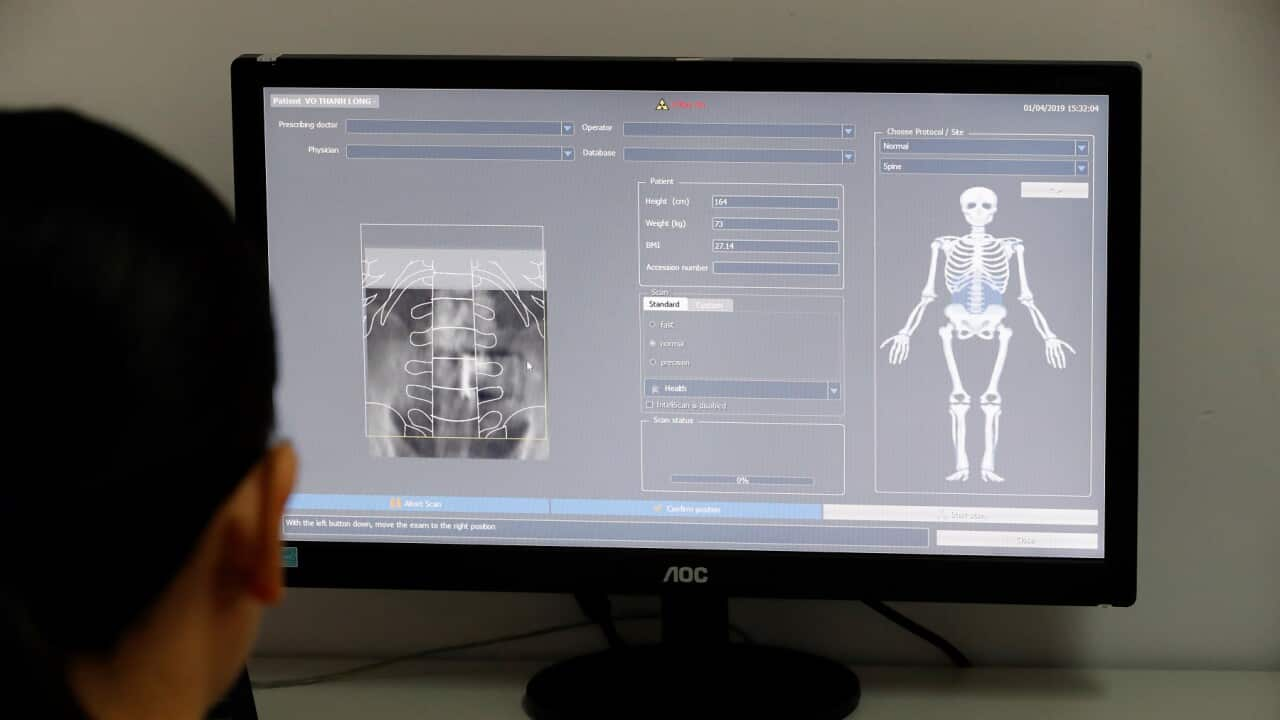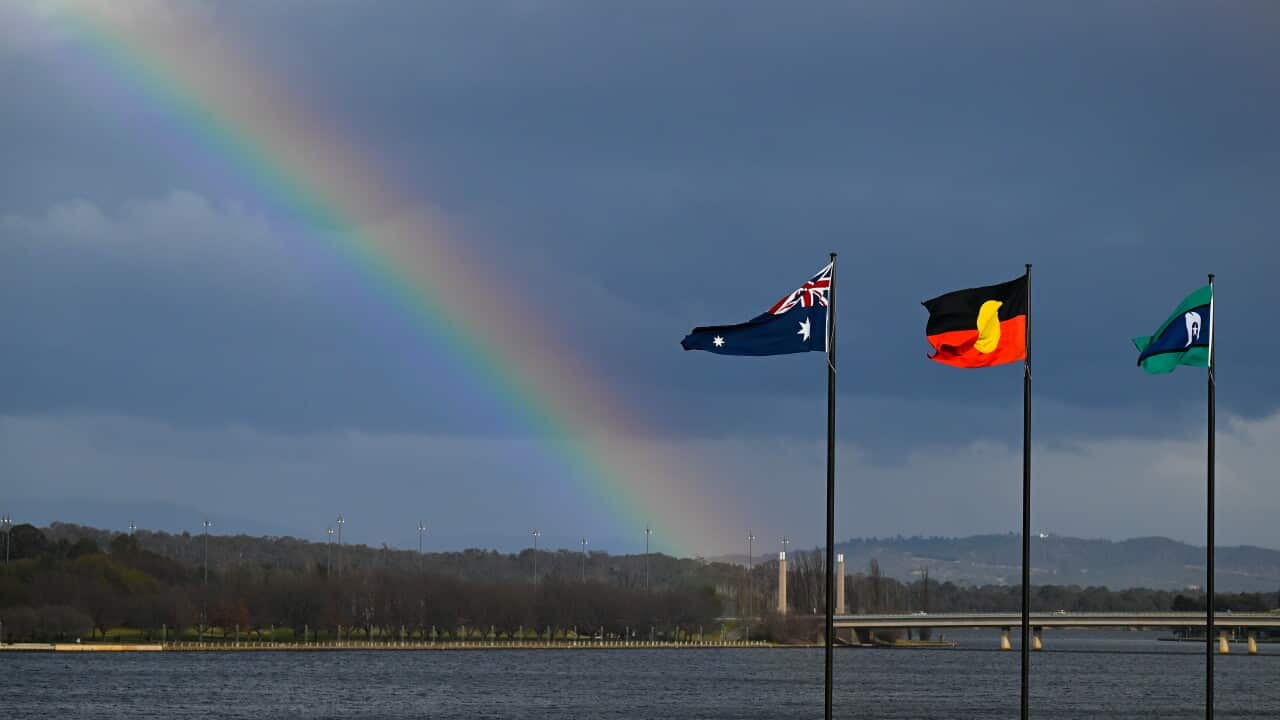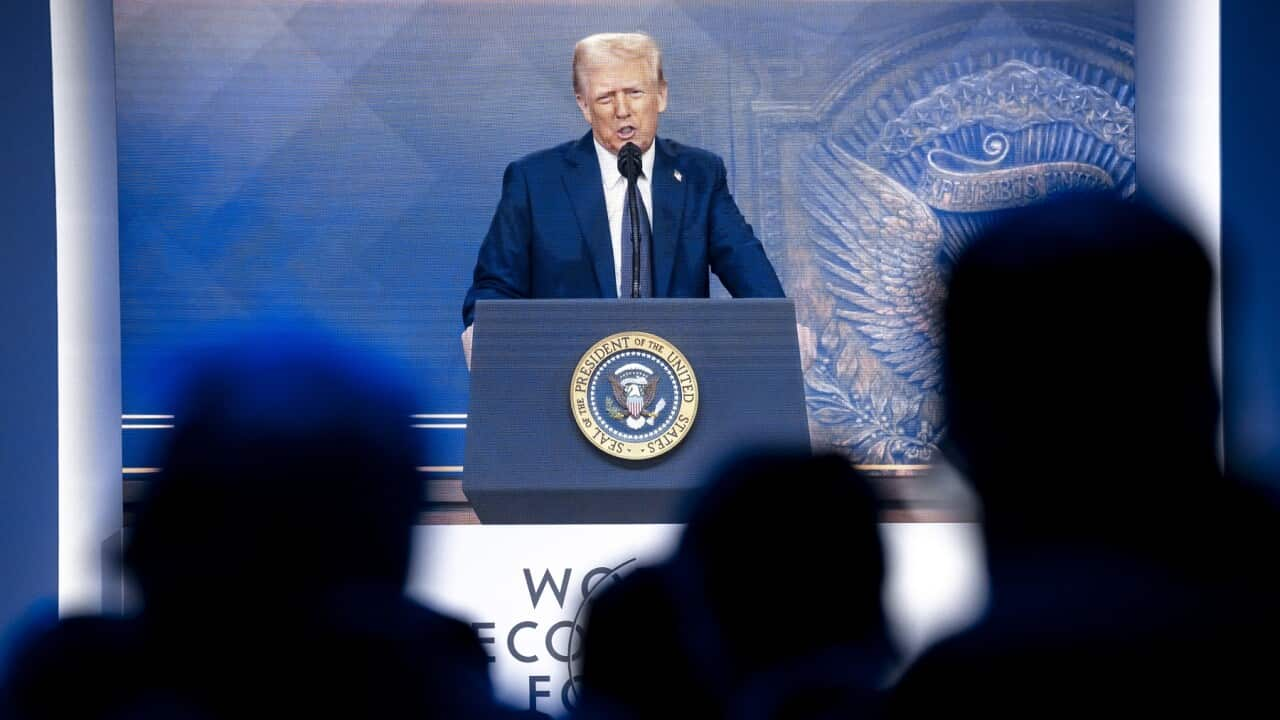TRANSCRIPT
For the past two decades, Susanne Gervay has been telling children's stories in her best-selling young fiction, 'I am Jack' series.
But now, the award-winning writer has an important message to those over 50 years old: don't forget to do a health check on your bones.
"I've had a long history with Rheumatoid over the years, but I never knew that you could also have osteoporosis and it was developing. So for a lot of young people, like me, when I was young, what happened is, I didn't take care of that. Annd as I got older, I still didn't take care of it until I began to trip, trip and fall. And when I fell for the first time, I did hear a crack, it was a couple of ribs, and I thought, 'why?'"
After going through a health examination, Sussane Gervay found out she had osteopenia which soon became osteoporosis, an illness that can brittle bones and easily lead to fractures.
She was surprised by the diagnosis, even though she had witnessed such a condition in her family.
"My mother-in-law died in a terrible death where her lungs filled with fluid because her spine collapsed. My own mother, she died with osteoporosis and couldn't walk at the end and I still didn't get it that maybe I would have such an illness."
According to a new report by not for profit organisation Healthy Bones Australia, the number of people with a bone density condition has increased by 34 per cent since 2012.
Experts predict the number will keep rising, and in 2033, it could reach 7.7 million.
In particular, Australians over 50 years old are warned of higher risks, as the report finds over two in three people in that age bracket live with poor bone health.
The situation can become worse in the near future, as Australia is facing a rapidly ageing population.
Census data in 2021 shows 29 per cent of the population is aged 55 and above.
Last year in Australia, a fracture occurred every 2.7 minutes, resulting in more than 193,000 fractures.
And the increase of bone density diseases can create more economic burdens for the health system and society.
Last year, the total cost of osteopenia and osteoporosis was about $4.8 billion dollars, and it's estimated the cost will keep rising to $8.3 billion by 2033.
Professor Peter Wong is the Medical Director at Healthy Bones Australia. He says the cost is not just about in-hospital fees, but also costs around care outside of the hospital.
"Probably the most expensive fracture, the one that we worry about most, is hip fractures. And the reason is because they cost over 45 thousand dollars per hip fracture per person. And furthermore, that doesn't count the cost on the patient in terms of personal pain and suffering or on their families and carers. And often what's not realised after a hip fracture the risk of dying in the first 12 months is about 1 in 3, which is enormous."
Hip fracture is the most costly type of fracture, while fractures at the wrist, spine, leg and arm are more common.
And it's not just about money - those with living conditions, like Sussane Gervay, has found the condition of her bones also affected her mental health.
She says younger people should assess their risk factors as early as possible, as examinations are key to slow the progression of bone density loss.
"The psychological impact can be devastating. It's not the way to go. The way to go is, 'okay, this is part of my genetics, this is who I am, but you have things to do!' And I insist that you do those things. As you get older, play with your grandchildren, but don't trip over their toys!"













